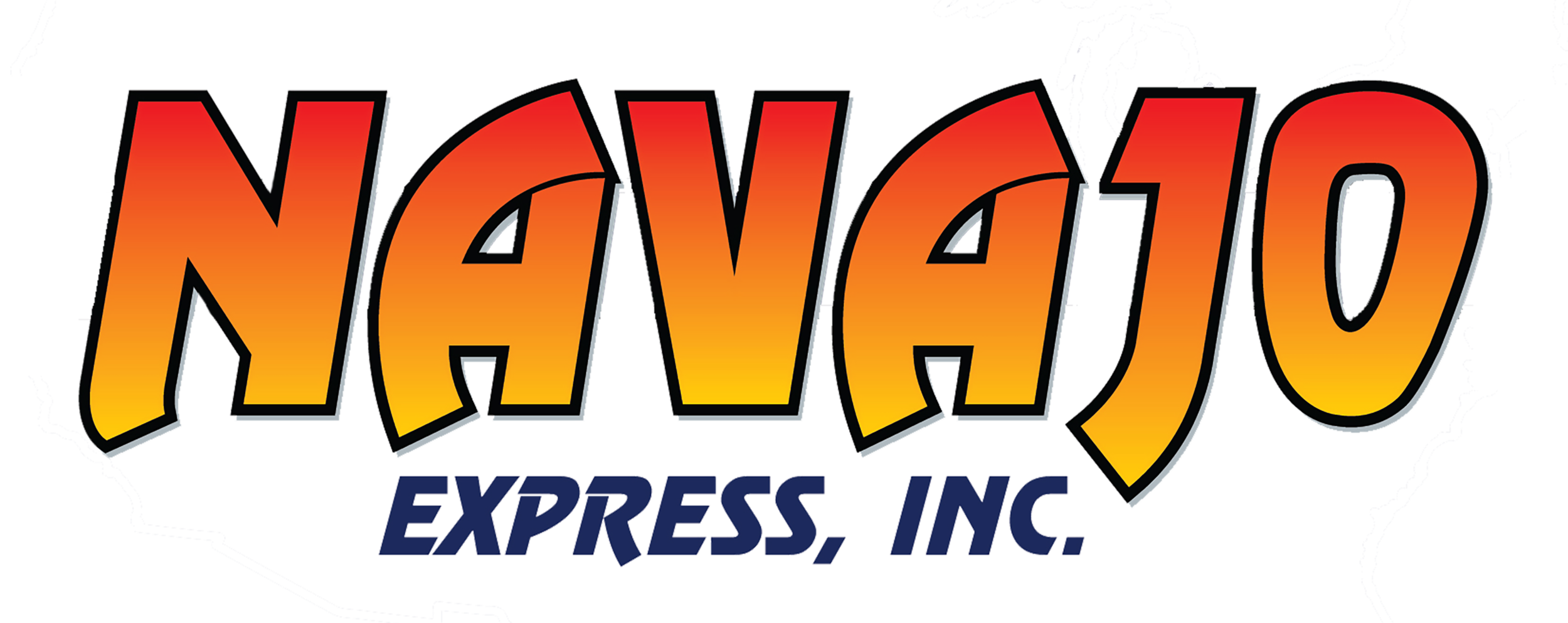Clearing Up Personal Conveyance Confusion
The Ins and Outs of Personal Conveyance
On May 31, 2018 the Federal Motor Carrier Safety Administration revised the regulatory guidelines concerning driving a commercial motor vehicle (CMV) for personal use while off-duty, aka “personal conveyance”. But what exactly is personal conveyance and when should it be recorded? To clear up the confusion, Navajo brings you the facts!
What is personal conveyance?
According to the FMCSA, a driver may record time operating a CMV for personal conveyance only when the driver is relieved from work and all responsibilities by the motor carrier. The FMSCA’s examples given for appropriate use of CMV include but are not limited to:
- Time spent traveling from a driver’s lodging (such as a motel or truck stop) to restaurants and entertainment facilities.
- Commuting between the driver’s terminal and his or her residence.
- Time spent traveling to a nearby, reasonable, safe location to obtain required rest.
- Moving a CMV at the request of a safety official during off-duty time.
Personal Conveyance Facts
A driver’s on-duty hours are not influenced by their off-duty, personal conveyance hours.
Carriers may have different personal conveyance policies on top of the FMCSA rules and regulations.
When utilizing personal conveyance, the trailer may be either empty or loaded.
Want to see learn more about the FMCSA’s personal conveyance definition and limitations? Visit here.
And, if you have any questions regarding Navajo’s personal conveyance guidelines, feel free to visit our safety department. It’s Navajo’s mission to put our drivers first by keeping them safe and compliant – ALWAYS!

